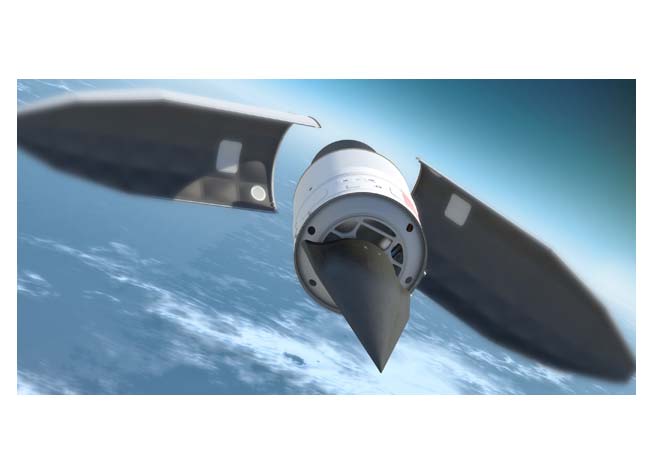DARPA’s Falcon Hypersonic Technology Vehicle 2 (HTV-2) program was a multiyear research and development effort to increase the technical knowledge base and advance critical technologies to make long-duration hypersonic flight a reality.
Falcon HTV-2 is an unmanned, rocket-launched, maneuverable aircraft that glides through the Earth’s atmosphere at incredibly fast speeds—Mach 20 (approximately 13,000 miles per hour).
At HTV-2 speeds, flight time between New York City and Los Angeles would be less than 12 minutes.
The HTV-2 vehicle is a “data truck” with numerous sensors that collect data in an uncertain operating envelope.
Mastery of three key technical challenges stands between the DoD and long-duration hypersonic flight:
- Aerodynamics
- Aerothermal effects
- Critical guidance, navigation, and control
HTV-2 flew its maiden flight on April 22, 2010, collecting nine minutes of unique flight data, including 139 seconds of Mach 22 to Mach 17 aerodynamic data.
The booster system Falcon 9 was another historical aspect of the program. In 2011, it was certified to launch DoD’s highly valuable payloads – the first commercial vendor for such a service.
This marked an important first step away from DoD’s slow-paced, expensive launch methods towards a future of nimble access to space. SpaceX developed the technology, and DARPA was the company’s first customer, providing access to launch from a DoD site.
In a reminder of the difficulty and risks of DARPA-hard project, the program team harvested only nine minutes of data before losing contact with the vehicle.
